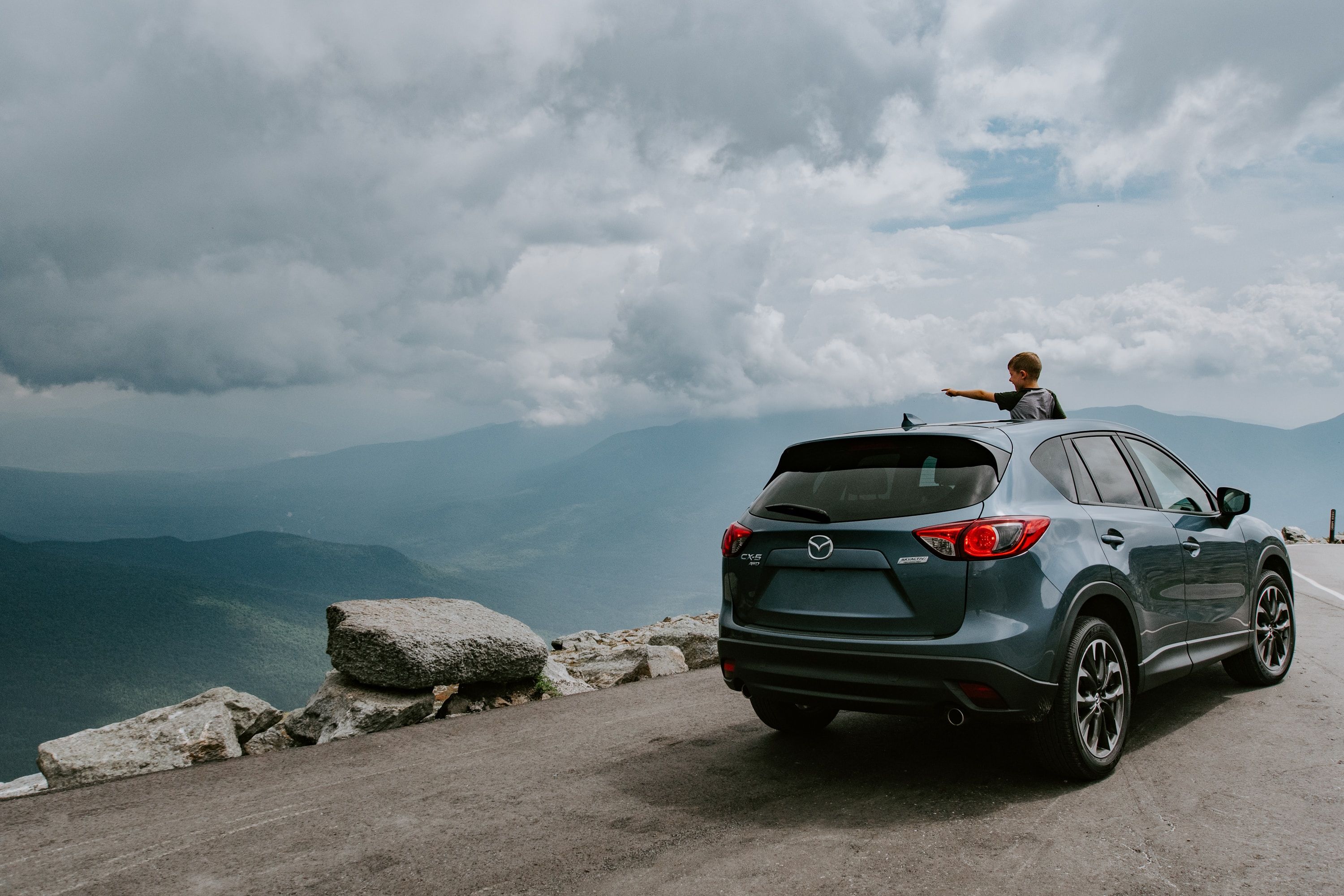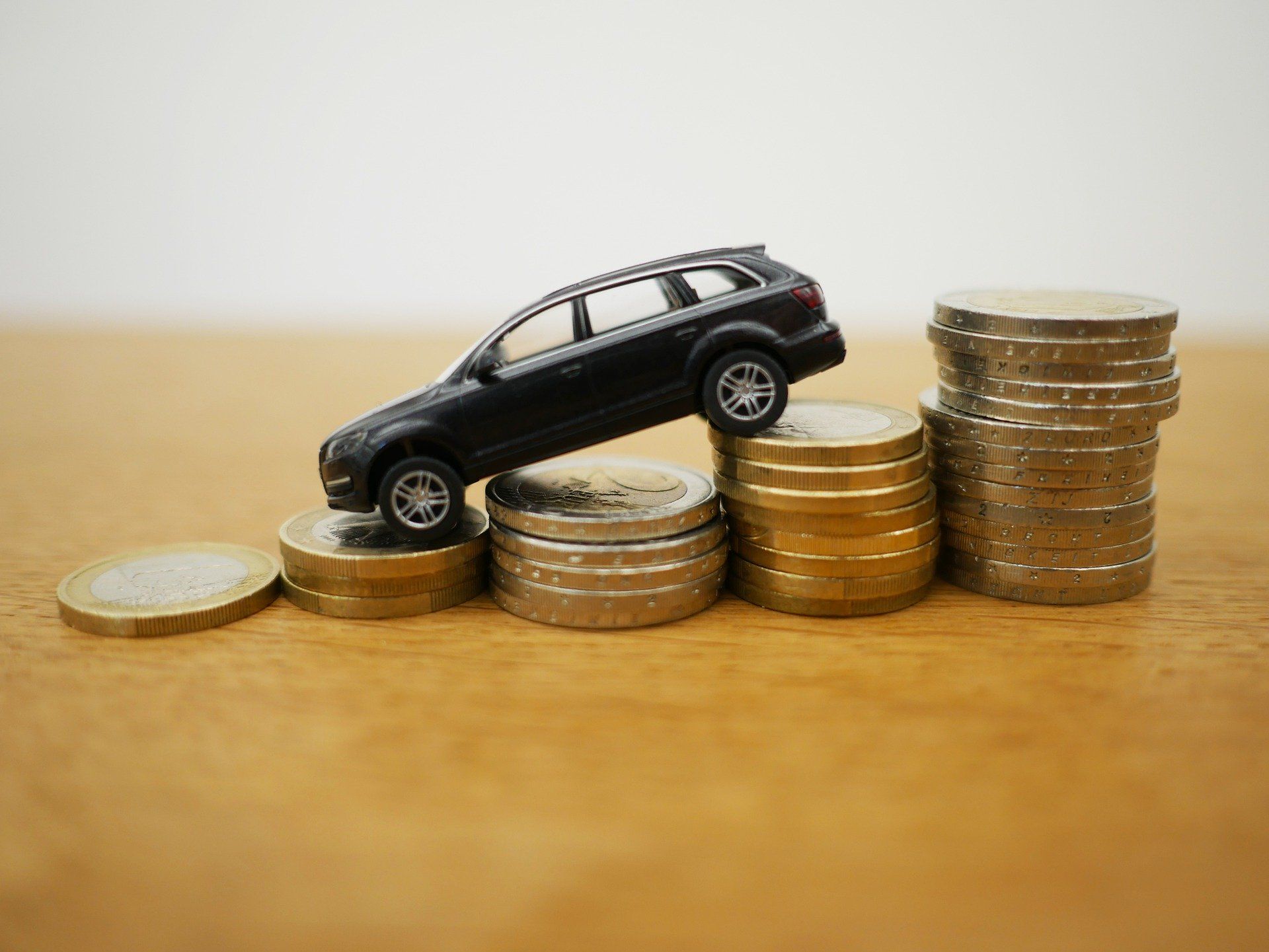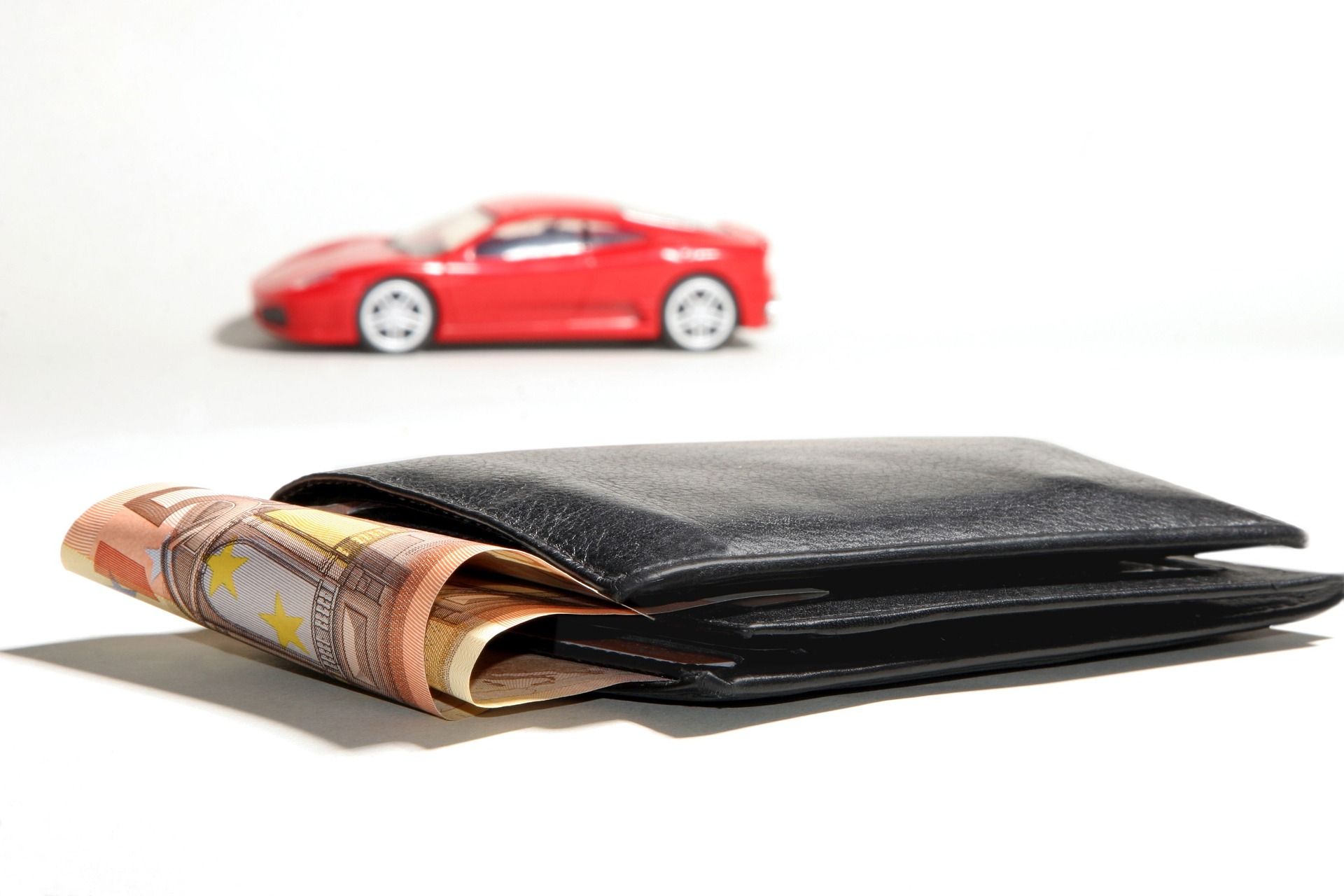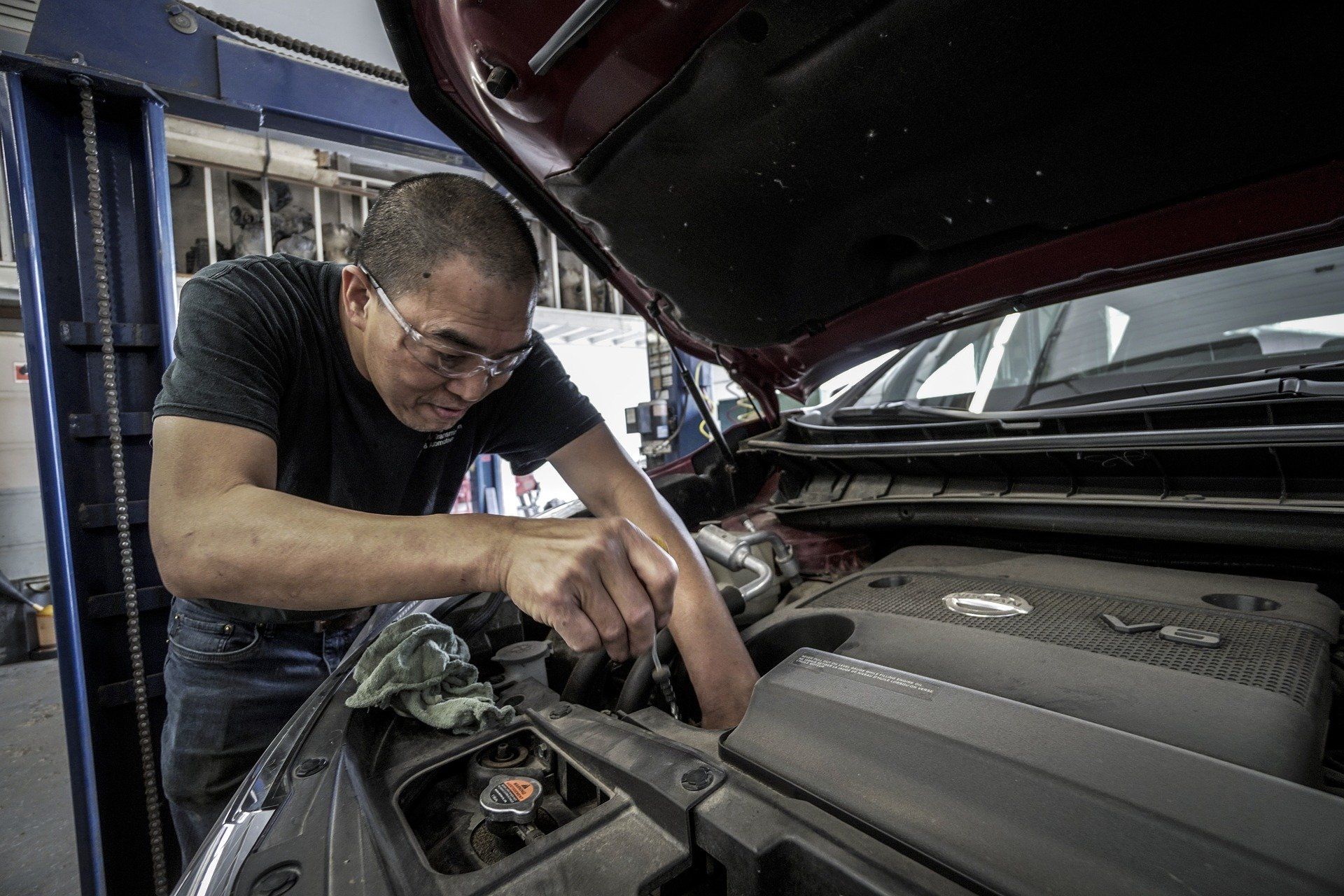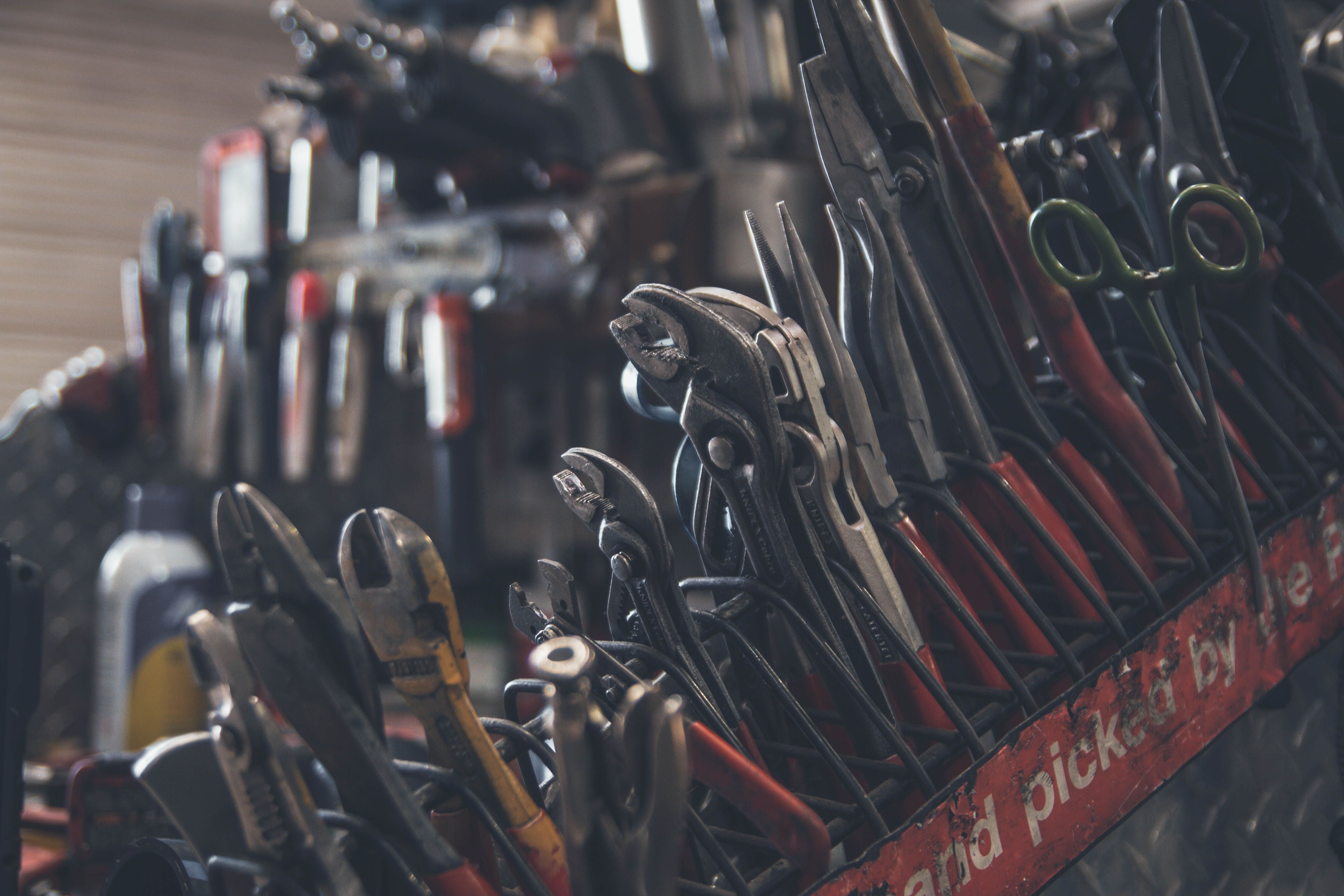Getting a car is a big decision, especially if you consider the financial costs associated with it. This is one of the reasons why many opt to buy a used car instead of a brand new one. While there are many definite advantages of buying a used car including a significantly lesser price tag, it's important to be careful when choosing a used vehicle, even if you're getting it from a dealership.
We've compiled a list of tips that will make the process of purchasing a used car easier and hopefully simpler for you.
10 Be sure of your requirements
Even before you start visiting dealerships, it's essential to know what you're looking for in a car. With so many models and types of vehicles on the market, knowing what your requirements are, can make the painstaking process simpler.
Some of the key things to consider are whether you need a family or pet-friendly vehicle, is fuel economy your priority, what’s your preferred mileage, and what features are an absolute must for you. Once you’ve reviewed your requirements, it’s always helpful to review classified ads or brochures from different dealerships to get an idea about your options. This way, when you arrive at the dealership, you’re more informed and aware.
9 Cost and financing options
Another key consideration is how much you're willing to spend. Do you have the money in hand or will you be using financing options such as bank loans or a car lease? Creating your budget and having information about financing options can make it easier for you to see which vehicles are available in your price range.
An easy way to start is to check online calculators. They can factor in things like cash down payment, trade-in value, and the remaining amount of current loan/lease (if applicable) to give you an approximate price range to work with.
8 Do factor in additional costs
Most of the time, it's easy to ignore the additional costs that come with buying a used vehicle. So, when you’re visiting a dealership, make sure to include all the necessary associated costs in your budget.
Some of these costs include sales tax, car registration, and documentation fees. These costs can drive up the total cost of purchase, so it’s crucial to factor them in for a more accurate price estimate. Also, when you see additional costs being added to your purchase, make sure to go through the breakdown to ensure that you’re not paying any unnecessary costs.
7 Get the vehicle history report
When purchasing a used car, it's important to not just trust the salesperson or be satisfied with how the car looks on the outside. Some times there aren’t any visual tip-offs that show that the car isn’t in the best shape.
While some dealerships do provide vehicle history reports, if they don’t - do get one. These reports reveal information such as previous accidents, liens, or if the odometer has been rolled back. All that is needed is the car's vehicle identification number or VIN. Once you have the number you can obtain reports from online websites such as CARFAX and AutoCheck to ensure your peace of mind.
6 Always do a test drive
Getting behind the wheel is essential. Once you’ve identified the vehicle of choice, taking it out for a test drive can help you experience the drive, test out the features, and see if the interior works for you.
In addition to the comfort, handling, and drive, getting behind the vehicle can help you identify any potential issues as well. For instance, you can listen carefully to make sure that there are no odd noises while driving and make sure components like the air conditioning, entertainment systems, and lights are in working condition.
5 Do a thorough inspection
Before finalizing the vehicle, it is important to do a thorough examination of the interior as well as the exterior. These are certain tell-tale signs of wear and tear which can help you see if the car is in good condition.
For instance, check the tires to ensure that they have enough tread. Make sure that the bumpers and panel line-up, if they don’t that means the car has probably been in an accident or a collision. Additionally, be wary of strong smells, even if they are of air fresheners. That can indicate an effort to mask lingering odors such as cigarette smell. It's also crucial to check the tailpipe, oil dipstick, and for any ripples or paint overspray to ensure that there are no issues present in the vehicle.
4 Get the car checked by a trusted mechanic
Once you’ve done your initial inspection and you are happy with the vehicle, do get it checked out by a trusted, professional mechanic to ensure that there are no unpleasant surprises at a later stage.
The cost of getting a mechanic to check the car isn’t a lot, especially if they identify any major issues. In addition to a visual examination, mechanics check the engine, look under the car, and run standard tests. These tests can reveal potential issues that otherwise aren’t easy to detect. Once the mechanic gives you a green signal, you can proceed forward with the purchase.
3 Check the warranty
Warranties can be tricky when buying a used vehicle. The best-case scenario is usually when the vehicles are "certified pre-owned," which means that they are covered under the manufacturer’s warranty. Though, these vehicles are also a bit pricier. Sometimes, there are also vehicles that are covered under a third party warranty.
When it comes to warranty and repairs, be careful when the dealership is offering an ‘as is’ deal. According to the FTC, proper information has to be filled in the Buyers Guide to ensure that the dealership stays committed to promises of repairs or canceling the sale if you’re not satisfied. Without proper documentation, you could be stuck in a situation where not much can be done.
2 Always negotiate
Negotiation is an important part of the process. Use the price quoted by the dealership as a starting point and negotiate a deal that works for you. Usually, negotiations help and sales associates are able to offer some price reductions.
Getting your research right and knowing what other dealerships are offering can help in the process. For instance, when you know the ownership history, have the vehicle history report, are aware of any failed inspections or emissions, and have gotten a mechanic to ascertain the current condition of the car, you may be able to negotiate a better price.
1 Get the paperwork right
Once you have picked the car of your choice, the final step is to sign a contract and ensure that you have insurance coverage for the vehicle. If possible, it is good to check if there are any past-due registration or other fees associated with the car.
When signing the contract the sales associate may offer add-ons such as warranty, fabric protection, service plans, or car accessories. Be careful in deciding if you need these and read the contract thoroughly to ensure that you know what you’re paying and signing up for, particularly if there are multiple fees listed. Once this is done, you’re ready to drive off in your newly owned vehicle!


